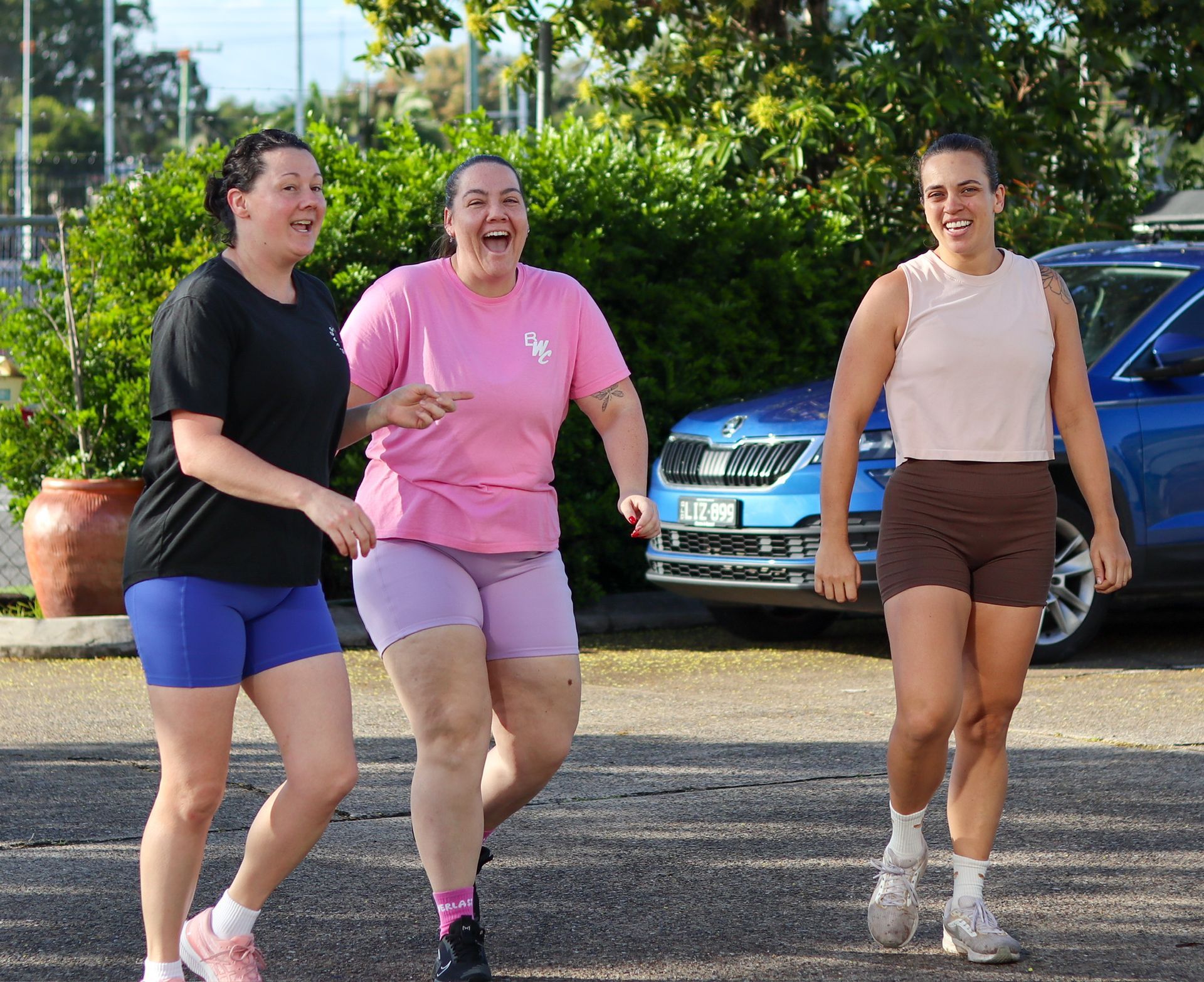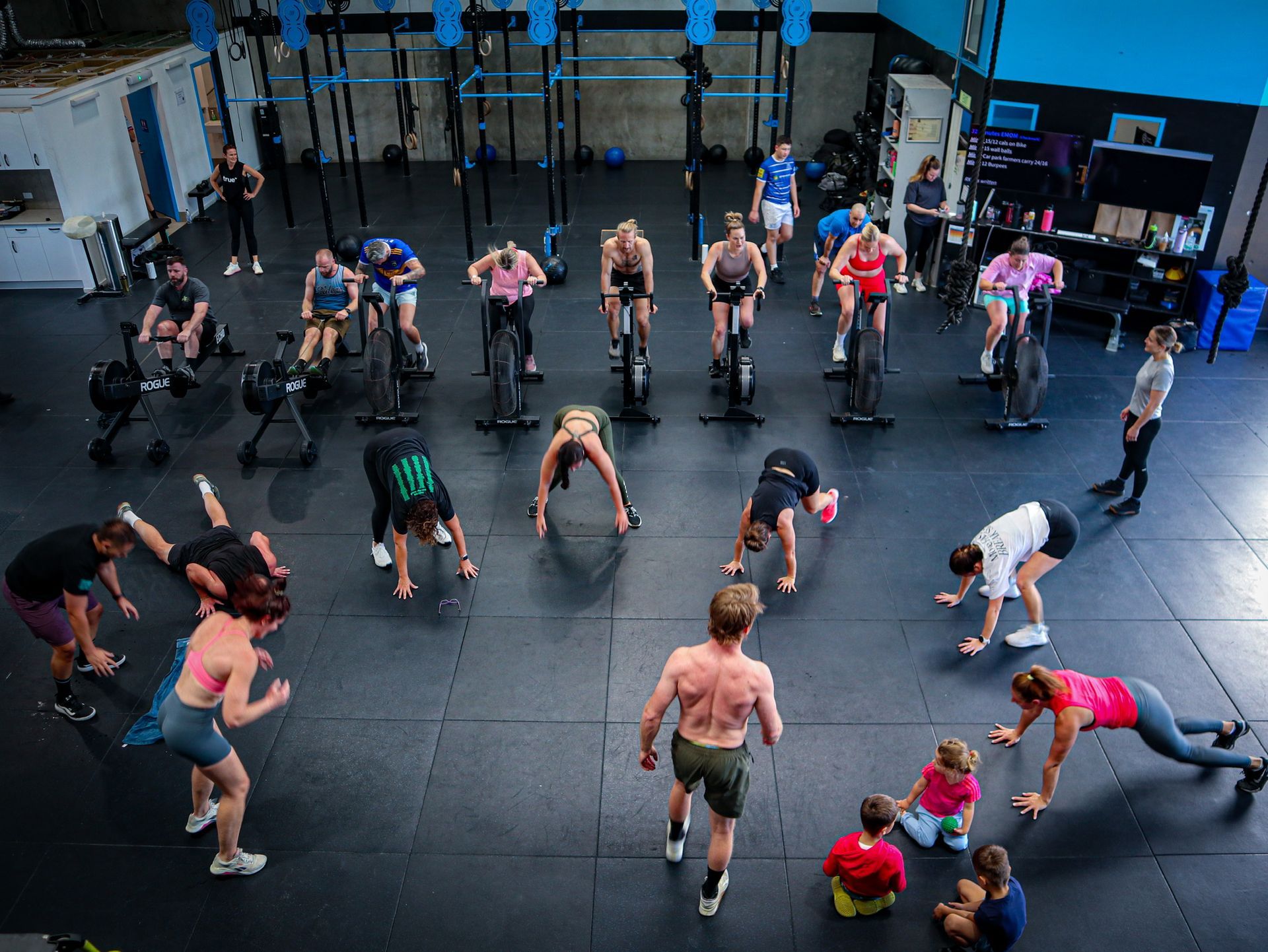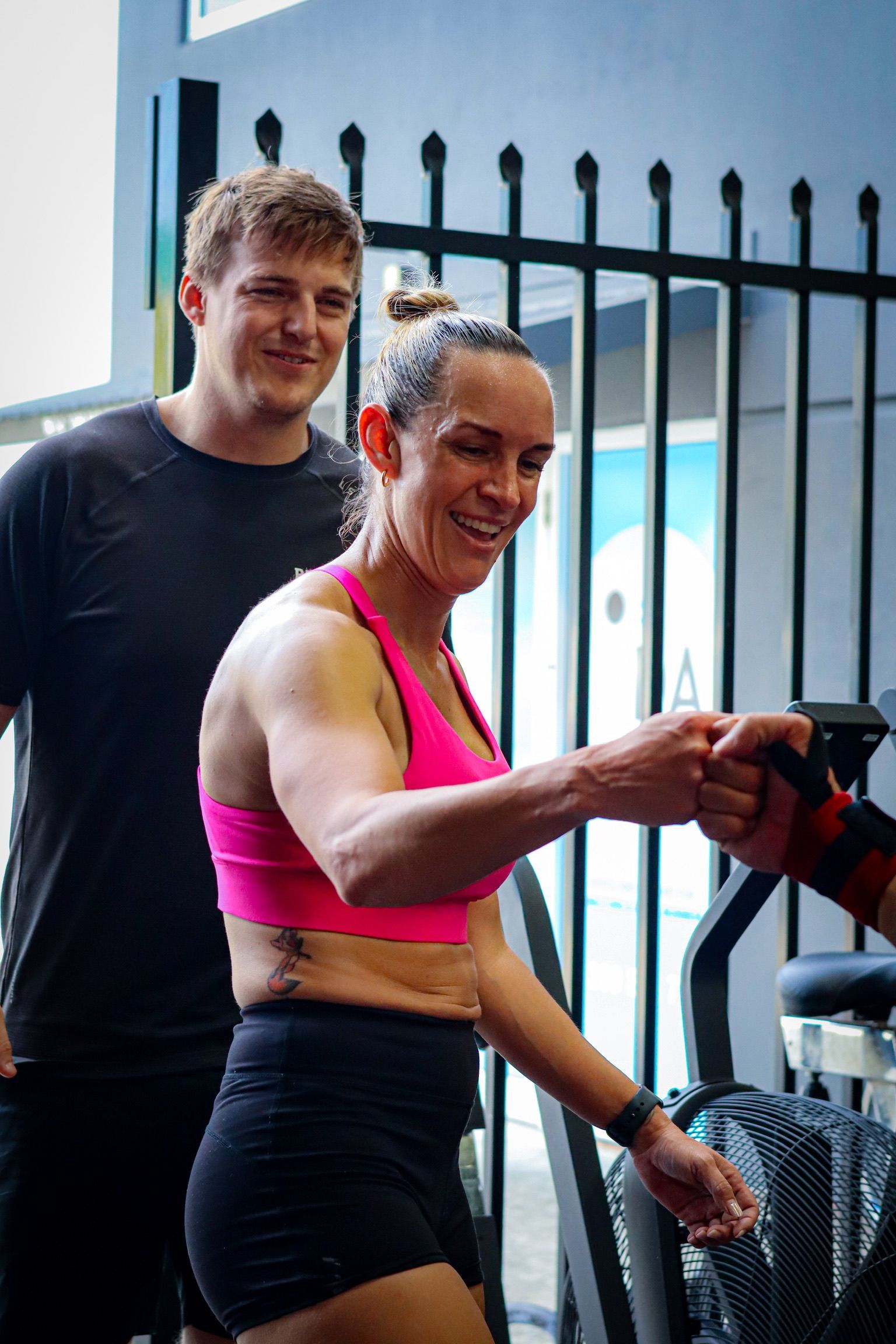Top 5 Common Training Mistakes: How to Improve Your Fitness Routine for Better Results
In the world of fitness and training,
quick results often seem appealing.
However, rushing the process can lead to mistakes that hinder progress—or worse, cause injuries.
Here are five common pitfalls we see at Rebuild Health and Fitness, along with strategies to help you achieve safe, sustainable success.
1. Skipping the Basics in Your Training Routine
One of the biggest mistakes? Jumping into advanced workouts without mastering the basics.
At Rebuild Health and Fitness, we emphasize:
- Proper technique and form as essential foundations.
- Skipping foundational movements often compromises form, reducing workout effectiveness and increasing the risk of injuries (especially to the back, shoulders, and knees).
How to avoid it:
- Start with and perfect fundamental movements like squats, deadlifts, and bodyweight exercises.
- Join our Foundations classes to build a strong base for long-term success.
2. Inconsistent Training and Skipping Workouts
Fitness isn't about short bursts of intensity—it's about long-term consistency.
Common mistakes:
- Pushing hard for a few weeks, then falling off when life gets busy.
- Adopting an "all or nothing" mindset.
How to avoid it:
- Train 2–3 times a week consistently, rather than sporadic high-intensity sessions.
- Create a manageable, sustainable routine that fits into your lifestyle.
At Rebuild, we guide members toward developing habits that last—because consistency delivers the best results.
3. Neglecting Recovery: Rest is Part of Your Training
Training hard is important—but so is rest and recovery.
Common issues:
- Skipping rest days
- Poor sleep
- Ignoring signs of fatigue
How to avoid it:
- Prioritize recovery as part of your training plan.
- Get quality sleep, stay hydrated, and listen to your body.
- Understand that muscles grow and repair during rest, not during workouts.
At Rebuild, we remind our members: rest is progress. Prioritize it to stay energised and injury-free.
4. Setting Unrealistic Goals and Overestimating Results
It’s tempting to set goals based on what you see from athletes or fitness influencers.
But everyone's body, schedule, and starting point are different.
Common mistakes:
- Unrealistic expectations
- Losing motivation when results don’t match unrealistic goals
How to avoid it:
- Set personalized, realistic goals.
- Focus on small, achievable milestones.
- Celebrate wins like improved technique, heavier lifts, or simply feeling better.
At Rebuild, we help you define success on your own terms—and keep motivation high by focusing on your unique progress.
5. Prioritising Intensity Over Consistency in Your Training
Many believe the harder the better—but maxing out every session often leads to:
- Burnout
- Chronic fatigue
- Injuries
How to avoid it:
- Balance strength, cardio, and mobility training.
- Push yourself, but within a sustainable framework.
- Remember: consistent moderate effort beats occasional extreme effort.
At Rebuild, we promote programs that are challenging yet achievable, helping you make steady progress while minimizing the risk of setbacks.
Final Thoughts
Whether you're just starting out or years into your fitness journey, revisiting the basics and avoiding these common mistakes can make all the difference.
At Rebuild Health and Fitness, we focus on:
- Mastering fundamentals
- Building sustainable routines
- Prioritizing smart recovery
- Setting achievable goals
- Promoting balanced, sustainable progress
With expert coaching, personalized support, and a community-driven approach, we’re here to help you avoid pitfalls and reach your fitness goals—stronger, smarter, and healthier.
👉
Ready to train smarter? Join Rebuild Health and Fitness today and experience the difference expert coaching can make!
Previous Blogs




